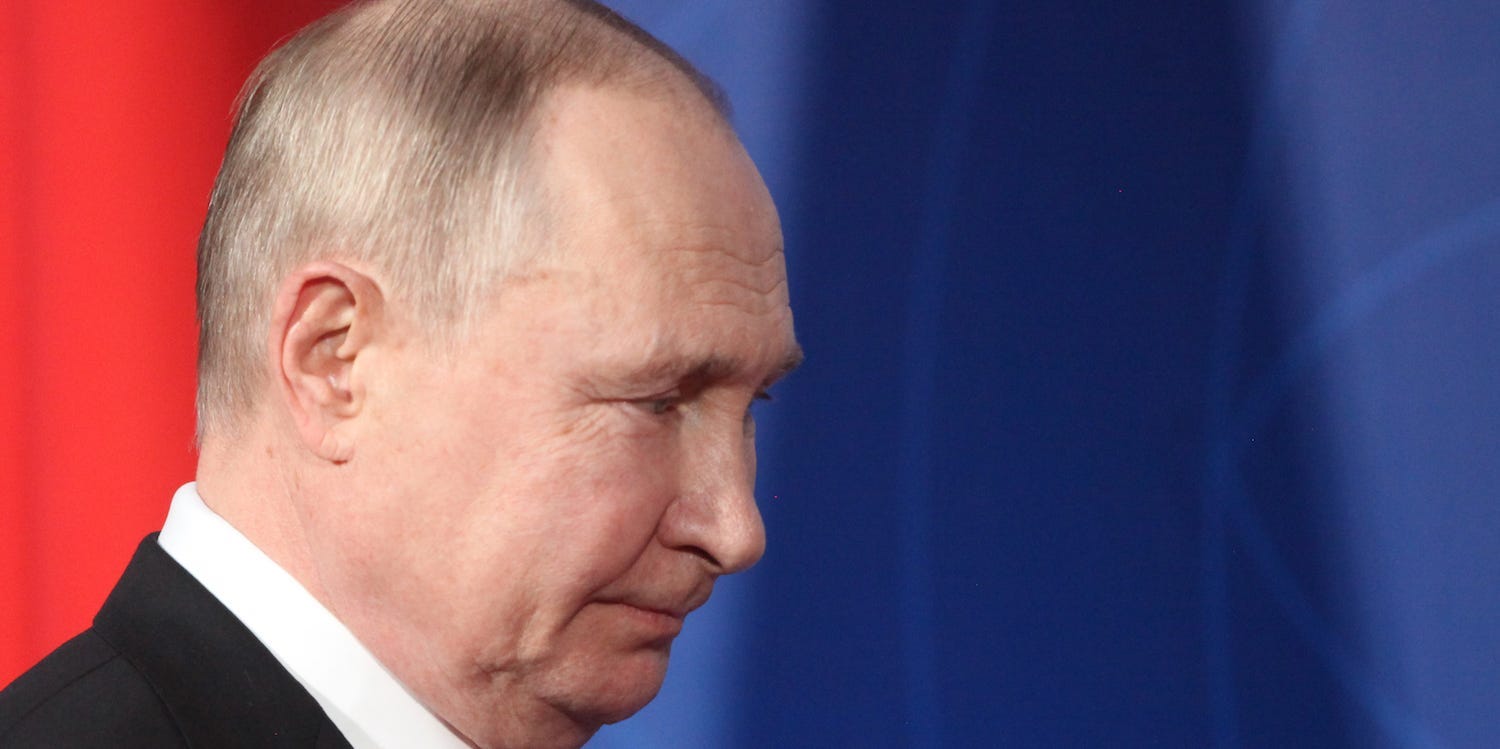The European Union’s sanctions on Russian oil shipments will take effect on Monday. EU officials have agreed to set a price cap on Russian oil at $60 a barrel. The US has said ships loaded with Russian oil before December 5 and unloaded at destinations before January 19 won’t be subject to the price cap. Loading Something is loading.
Thanks for signing up!
Access your favorite topics in a personalized feed while you’re on the go.
The European Union’s sanctions on Russian oil will take effect on Monday, and energy markets are headed for uncharted waters in the months ahead.
Meanwhile, EU officials have agreed to set a price cap on Russian oil at $60 a barrel as OPEC+ meets Sunday to discuss crude production, adding more uncertainty to the immediate future.
What do sanctions include?
Starting Monday, seaborne imports of Russian oil into the EU will be banned, as will European insurance and shipping services for vessels carrying Russian oil anywhere in the world.
With the majority of the world’s seaborne shipment services based in Europe, the ban would touch nearly every tanker across the globe. That means even ships transporting Russian oil to markets outside the EU will not be able to access services provided by EU companies.
The EU sanctions exempt imports delivered via Russia’s Druzhba pipeline to certain landlocked countries in Central Europe — a concession to Hungary, which is led by Vladimir Putin ally Viktor Orban.
How would the oil price cap work?
At the same time, the EU, G7 member countries, and Australia are participating in the price cap on Russian oil. EU diplomats reached a deal on $60 per barrel on Friday, despite efforts by Poland and Baltic states for a lower cap.
By essentially watering down the EU sanctions, Western powers hope to ensure that Russian oil keeps flowing — simultaneously preventing a price shock while limiting Russian revenue. Insurance can still be provided to tankers carrying Russian barrels so long as the crude was purchased at or below the cap.
The US has said ships loaded with Russian oil before December 5 and unloaded at destinations before January 19 won’t be subject to the price cap.
But the EU ban on Russian oil supersedes a price cap, Energy Aspects analyst Amrita Sen has pointed out. So while Russian oil priced below the cap could flow via EU ships and insurance outside the EU, the trading bloc itself still will not import seaborne Russian crude.
What will happen to oil prices?
Russia has said it won’t sell oil to any price-cap participants. Top buyers China and India haven’t said they will take part, and the discounted prices they pay are already around $60 a barrel. A “dark fleet” of ships is also poised to help Russian supplies skirt EU sanctions.
But 2.4 million barrels of Russian oil that once flowed to the EU per day will have to find new destinations, and Asian markets are unlikely to pick up all the slack. Top oil trader Vitol predicted Russian oil exports could fall by up to 1 million barrels per day, or 20% of its seaborne volume.
Analysts at Bernstein estimated that oil prices could jump to $120 a barrel next year, as Russia struggles to find enough dark ships willing to operate without Western insurance.
Kpler lead crude analyst Viktor Katona told Insider that a price cap could be easily circumvented because of questionable reporting requirements.
Under the current framework, buyers are on the hook to provide proof that the oil in question complies with EU sanctions, while “for every other entity along the trading transaction there is no such necessity,” he said.
The cap also conflates “free-on-board” prices with destination prices, which has already allowed Russia to underreport prices, Katona said. FOB refers to the specific time during shipping when either the buyer or seller becomes liable for the goods. A cap that’s set as a FOB price would represent “very porous regulation,” he added.
